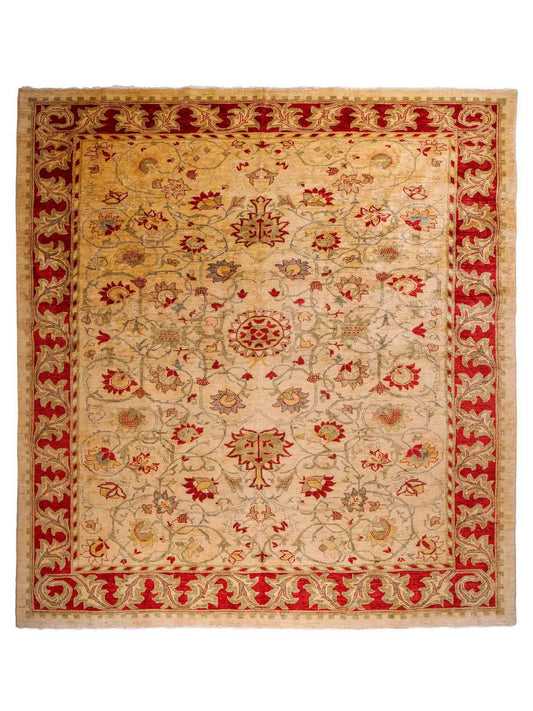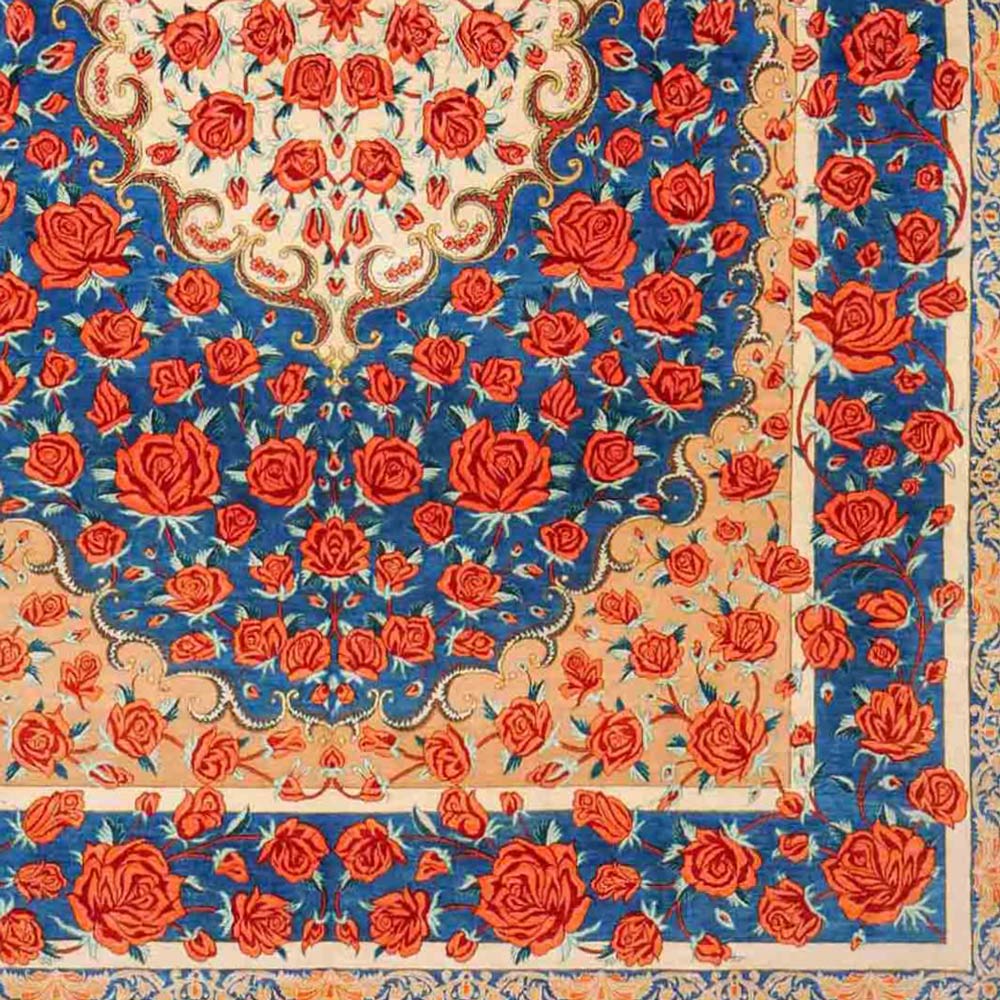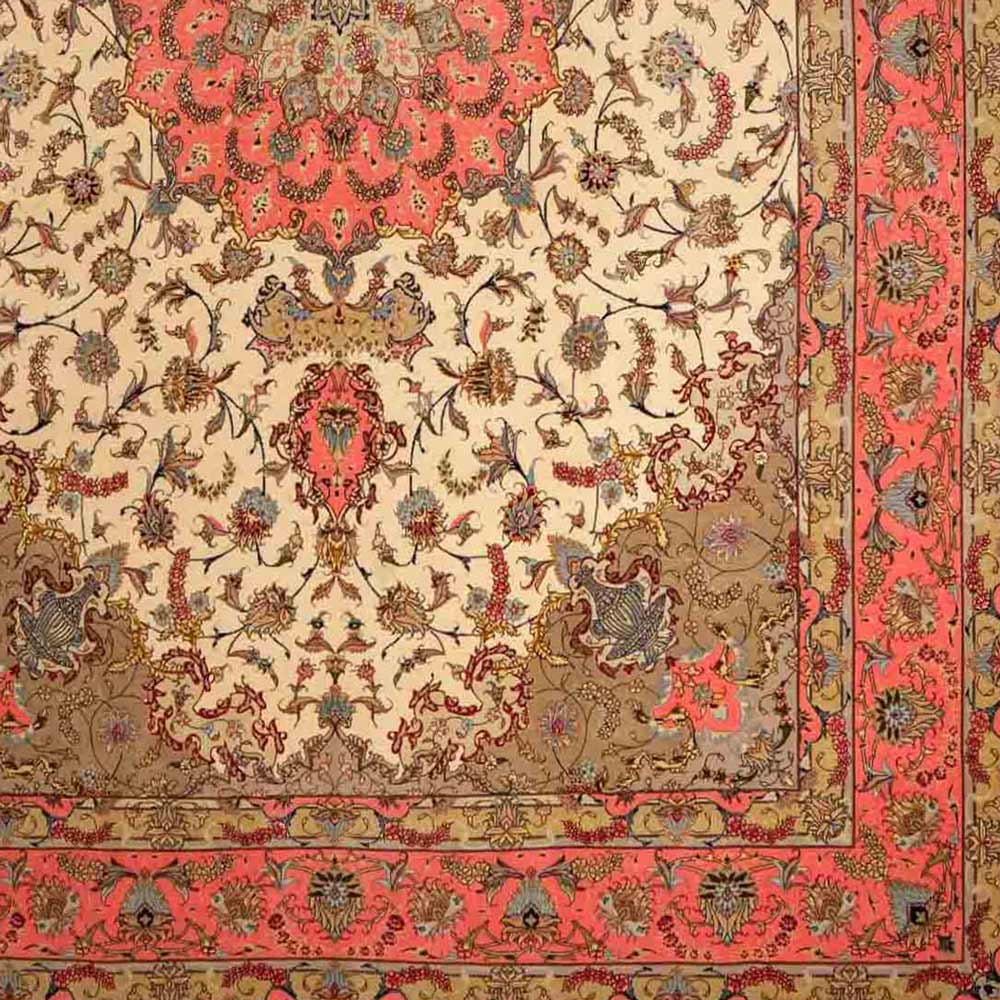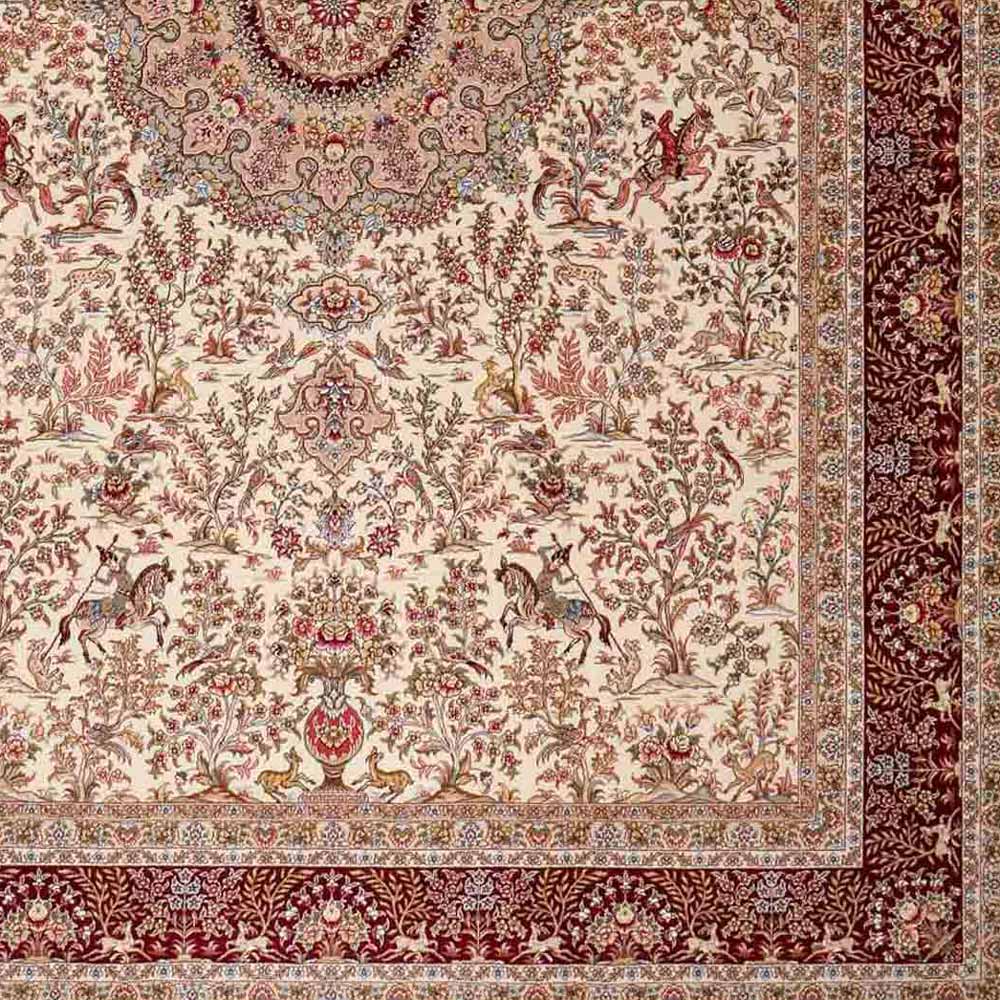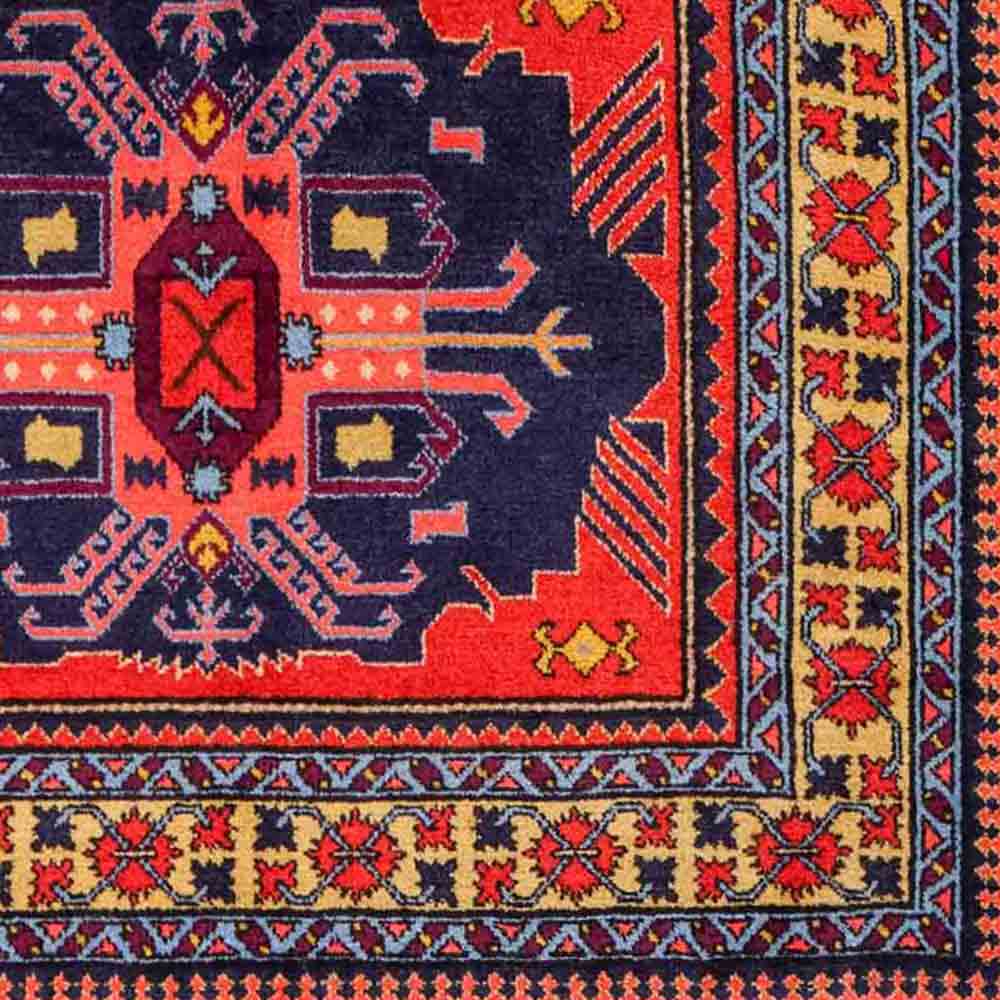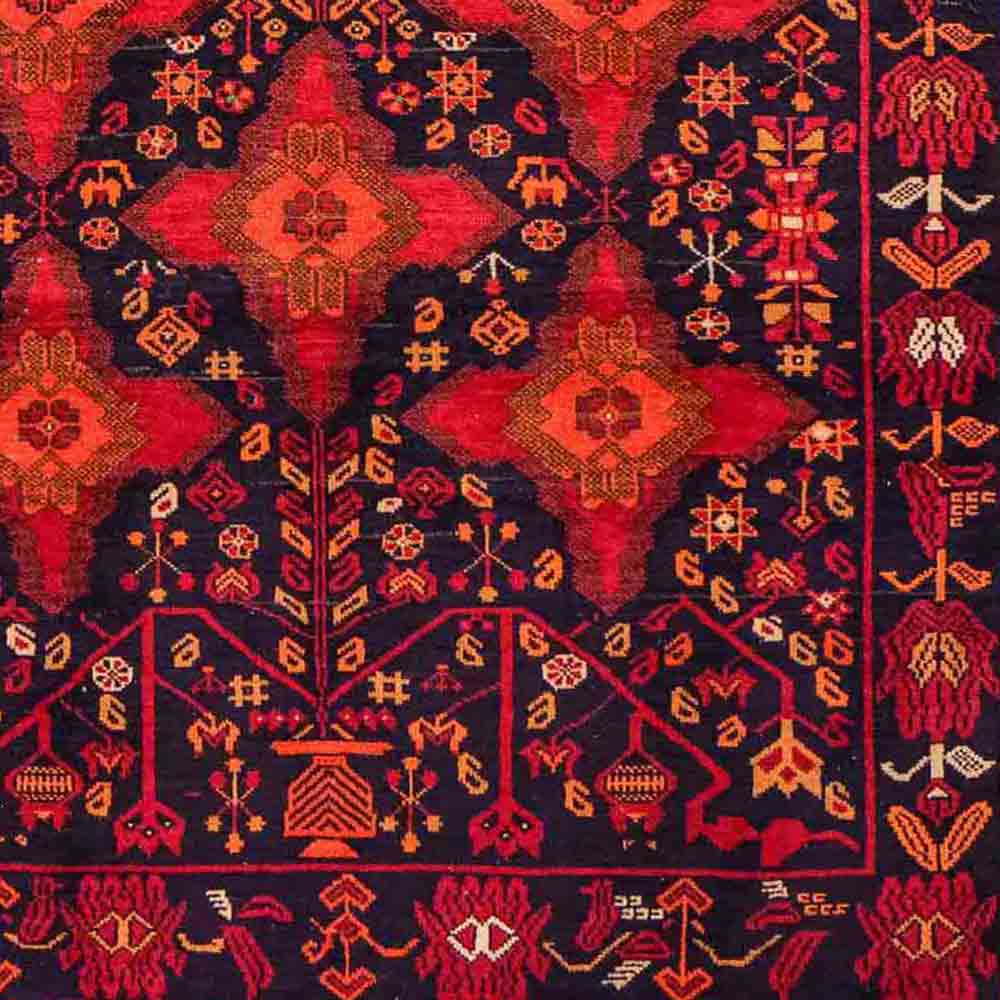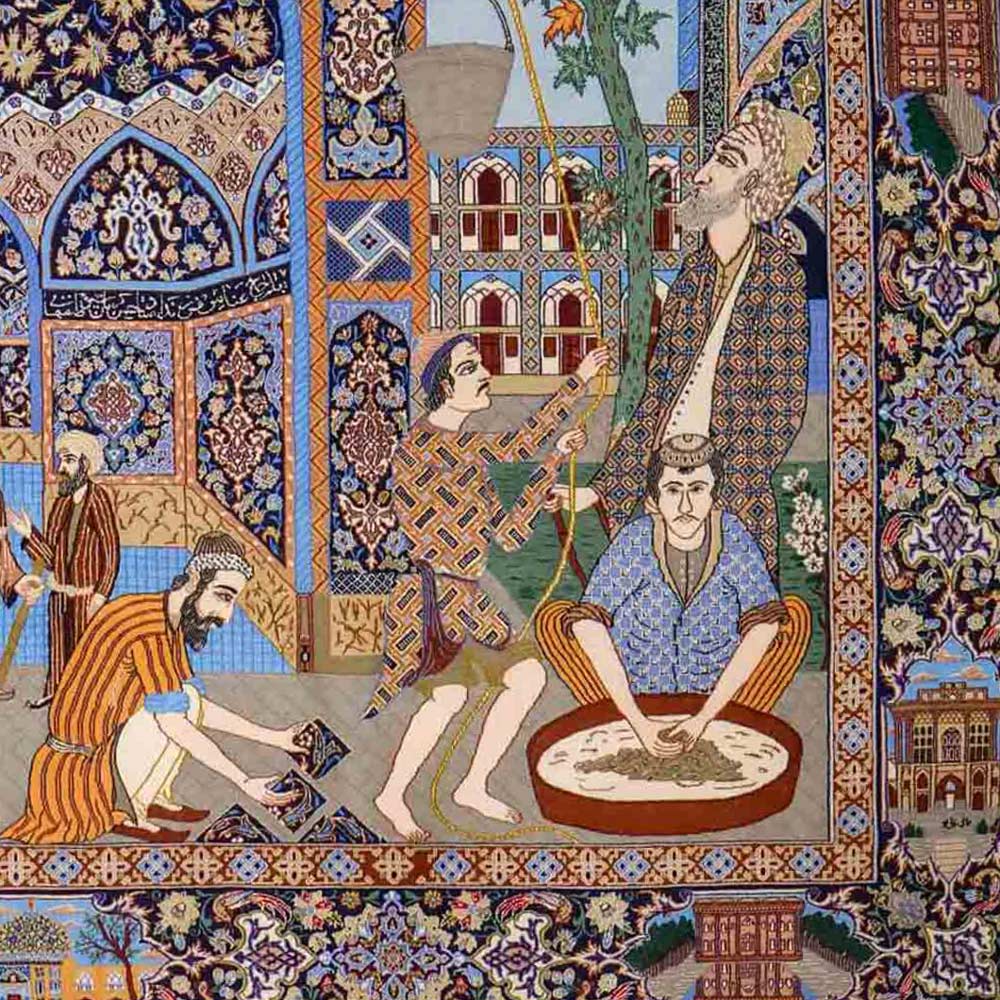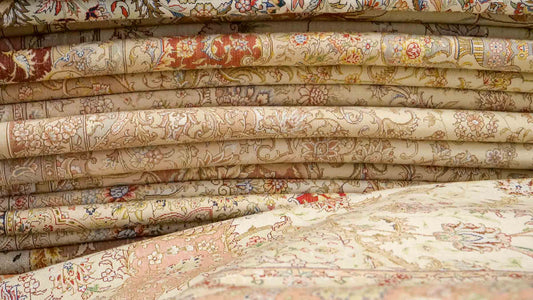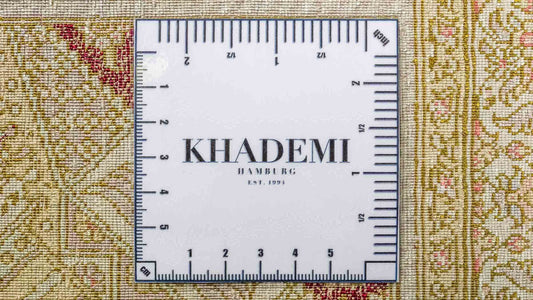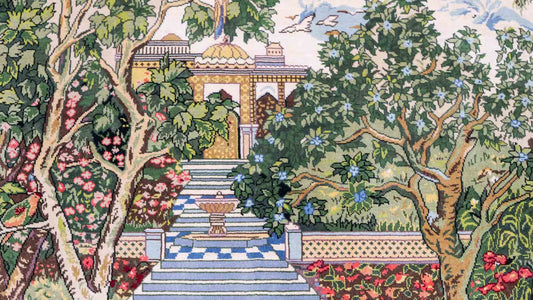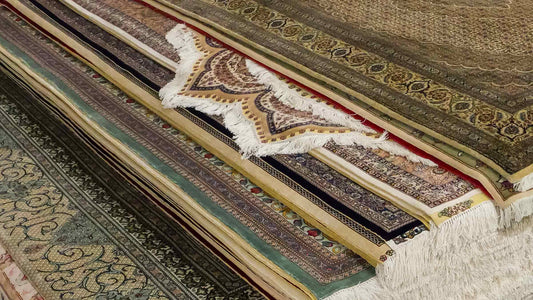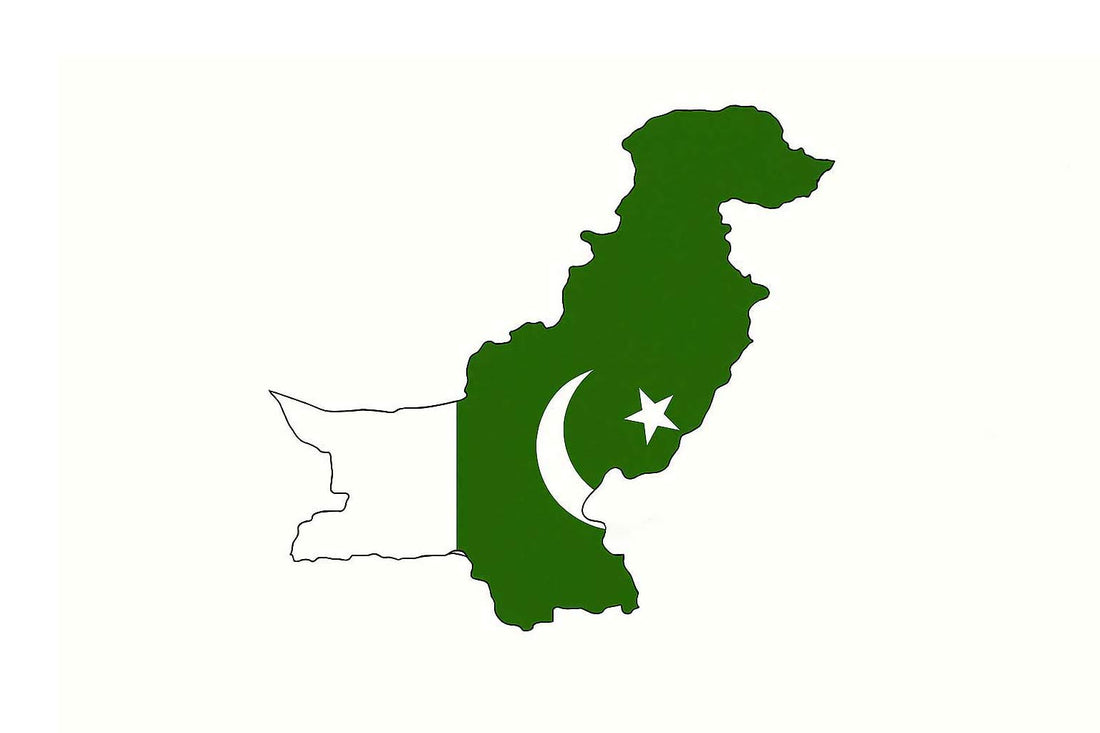
Pakistan: A Festival of Motifs and Colours
Daniel KhademiPakistani rugs are deeply rooted in the country's cultural heritage, reflecting centuries of artistry and craftsmanship. From the Mughal era to today, these magnificent carpets embody not only aesthetic finesse but also the stories and heritage of Pakistan’s diverse ethnic communities. In this article, discover the unique designs, vibrant colors, and premium materials that set Pakistani rug making apart.
Pakistani Rugs: Key Facts at a Glance
- Handcrafted rugs from renowned regions such as Peshawar, Lahore, and Multan
- Exceptional design variety: geometric, floral, and pictorial patterns
- Colors: Bold, vibrant reds, blues, golds, and greens—often from natural dyes
- Materials: Durable wool, lustrous silk, and sturdy cotton
- Traditional weaving techniques (Turkish & Persian knots) with varied knot densities
- A true reflection of Pakistani culture and artisanal mastery
- Beloved for daily living, celebrations, and as collectible originals
- Every rug is a unique work of art
Discover Our Exclusive Pakistani Rugs – Explore the Full Collection Now!
The History and Heritage of Pakistani Rugs
The art of carpet making in Pakistan stretches back to the time of the Mughal dynasty, an era that sparked a golden age of weaving. Carpets became prized status symbols in royal palaces and affluent homes. Many celebrated rugs—especially those from Lahore, Peshawar, and Multan—take great pride in their storied Mughal heritage.
Pakistani rug artistry plays a central role in the country’s culture, embracing the diversity of ethnic groups such as Pashtuns, Balochis, and many others. Each group has its own weaving traditions, characterized by distinctive patterns and color palettes that are closely tied to their unique lifestyles and customs. Pakistani carpets often play an important role in ceremonies—such as weddings and festive gatherings—and help strengthen social bonds.
Designs, Motifs & Colors of Pakistani Rugs
Pakistani carpets are renowned for their dazzling array of patterns and designs—a testament to the cultural influences from across the regions. Common styles include:
- Geometric Designs: Structurally clear and harmonious, these patterns offer a sense of order and symmetry. They are especially common in carpets from Pakistan’s northwestern border regions.
- Floral Motifs: Lush botanical patterns abound, reflecting the beauty and variety of nature. Lahore rugs frequently feature colorful floral designs, bringing vibrancy to any space.
- Pictorial Scenes: Some rugs narrate stories or portray scenes of everyday life. These carpets are often intricately detailed, conveying rich cultural and historical meaning.
The Pakistani color palette is bold and rich, with intense reds, blues, golds, and greens—many derived from all-natural dyes. These colors enhance the vibrancy of each design and appeal to the senses.
High-Quality, Natural Rug Materials
The quality of a Pakistani rug depends heavily on the materials used. The most common include:
- Wool: The primary fiber of choice—valued for its durability, warmth, and soft texture. Ideal for everyday use.
- Silk: Silk rugs boast luxury, shine, and intricate detailing; they cost more, are delicate, but deliver exceptional visual impact.
- Cotton: Used primarily in the foundation (warp threads), cotton enhances strength and flexibility—making for affordable, practical carpets.
Weaving Techniques & Knot Density in Pakistani Rugs
The most popular weaving methods are the “Turkish knot” and “Persian knot,” both allowing for different levels of knot density and complexity.
- High-end rugs: Usually feature 400,000 to over 1,000,000 knots per square meter—extremely durable with outstanding detail.
- Quality rugs: Typically range from 200,000 to 400,000 knots per square meter—well-crafted and an attractive option for buyers.
- Rustic rugs: With fewer than 200,000 knots per square meter, these combine simple designs with robust construction—ideal for daily use, while still carrying cultural depth.
Key Rug-Weaving Regions in Pakistan
Some of the most prominent regions in Pakistan known for their rug production are:
| Region | Signature Features | Colors & Designs | Highlights |
| Peshawar | Hand-knotted, vibrant |
Bold and simple motifs | Deep reds and blues, long-lasting |
| Lahore | Exclusive, floral, geometric | Colorful florals, crisp lines |
Wool & silk rugs with rich detailing |
| Multan | Unique, artistic designs | Natural shades, versatile | Historic motifs, naturally pigmented |
Care & Value Retention of Pakistani Rugs
Hand-knotted rugs from Pakistan are extremely durable when properly maintained—and remain enduringly popular as investments.
Care Tips:
- Avoid direct sunlight
- Use mild cleaning products only
- Rotate your rug regularly
For more detailed advice, visit our blog post: *How to Care for Hand-knotted Rugs*.
If you are interested in purchasing an rug from Pakistan, we recommend requesting an expert appraisal and reading our article: *Are Hand-Knotted Rugs a Good Investment?*
Checklist: How to Identify a Quality Pakistani Rug
- Handcrafted: Small irregularities highlight genuine workmanship
- Knot Density: Quality rugs start at about 200,000 knots/m²
- Materials: Soft wool, sometimes silk, and robust cotton (no synthetics!)
- Color Intensity: Deep, luminous natural colors—no artificial gloss
- Pattern: Clearly defined, traditional designs reflecting regional heritage
- Back: Pattern should be visible on the reverse side
- Documentation: Certificate of authenticity from your dealer
- Expert Advice: Consult professionals if you’re unsure
FAQ – Frequently Asked Questions about Pakistani Rugs
What makes Pakistani rugs special?
► Their wide-ranging designs and colors, skilled craftsmanship, and deep cultural roots.
Are Pakistani rugs durable?
► Definitely—wool rugs with high knot density are perfect for high-traffic areas.
How do I care for my Pakistani rug?
► Vacuum gently, avoid direct sunlight, rotate regularly—more tips in our Rug Care Guide.
Are Pakistani rugs a good investment?
► Quality and unique rugs retain or even increase in value over time.
Summary
Pakistani rugs are charming collector’s items, steeped in the rich culture and history of the region. With a wide range of designs and premium materials, combined with traditional weaving techniques, they offer something for every taste. Whether as a focal point in your living room or your foyer—a Pakistani carpet brings beauty and vibrancy to any space.
Want to learn more? Discover our related blog articles → Design Classics, Countries of Origin, Carpet Materials, Carpet Guide

